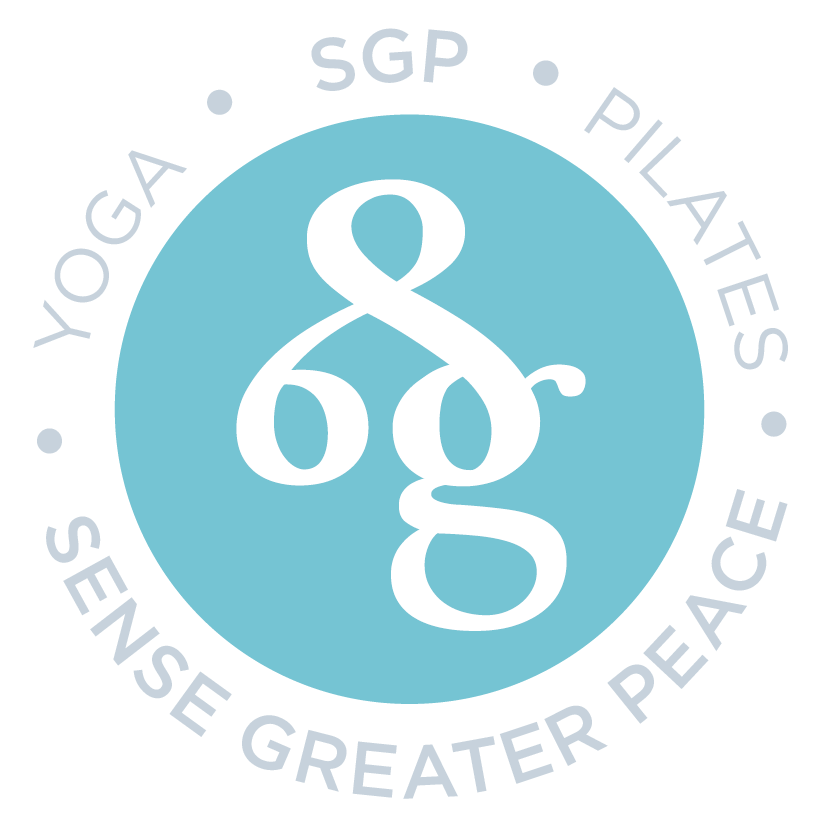Pranayama: Humming Bee Breath
Humming Bee Breath is a type of pranayama (yogic breathing exercise) that is also known as Bhramari Pranayama in Sanskrit. The word "bhramari" refers to the sound of a humming bee, which is produced during this practice.
To practice Humming Bee Breath, follow these steps:
Sit in a comfortable position with your spine straight and your eyes closed.
Take a deep breath and exhale slowly.
Close your ears with your thumbs and place your index fingers over your closed eyes. Your middle fingers should be resting on the bridge of your nose and your ring fingers on your upper lip. Or you can merely close the ears with your fingers and close your eyes, I tend to use it this way, in my practices.
Take a full inhalation through your nose.
As you exhale, make a humming sound by vibrating your vocal cords. Keep your lips gently closed and the tongue relaxed and placed on the roof of the mouth, continue to hum until you need to inhale again. Notice the sound reverberate around the head and neck. Also notice how the sound may change during the hum or within each hum. Repeat steps 4-5 for several rounds, taking slow, deep breaths in between each round. Be relaxed and don’t get to a point where you are gasping for a breath, be relaxed and easy.
Humming Bee Breath is believed to have several benefits, including:
Calming the mind and reducing stress and anxiety
Relieving mental tension and headaches
Reducing blood pressure and heart rate, as long as you are slow and steady and relaxed with your breath.
Enhancing focus and concentration
Stimulating the pineal and pituitary glands, which are responsible for the regulation of hormones and the sleep-wake cycle
Promoting better sleep and relaxation
Reducing anger, frustration, and other negative emotions.
I have also found that my clients will say they have experienced a release facial tension, jaw or neck tensions.
Humming Bee Breath is a simple and effective pranayama practice that can be done by anyone.
It may be especially helpful for those who experience stress, anxiety, or sleep disturbances. Or mental tightness and over thinking.
However, it's important to practice under the guidance of a qualified yoga teacher, especially if you have any respiratory or other health issues.
Enjoy your practice and I would love to know how you get on.
lots of love and happy humming!
Sue xxx
